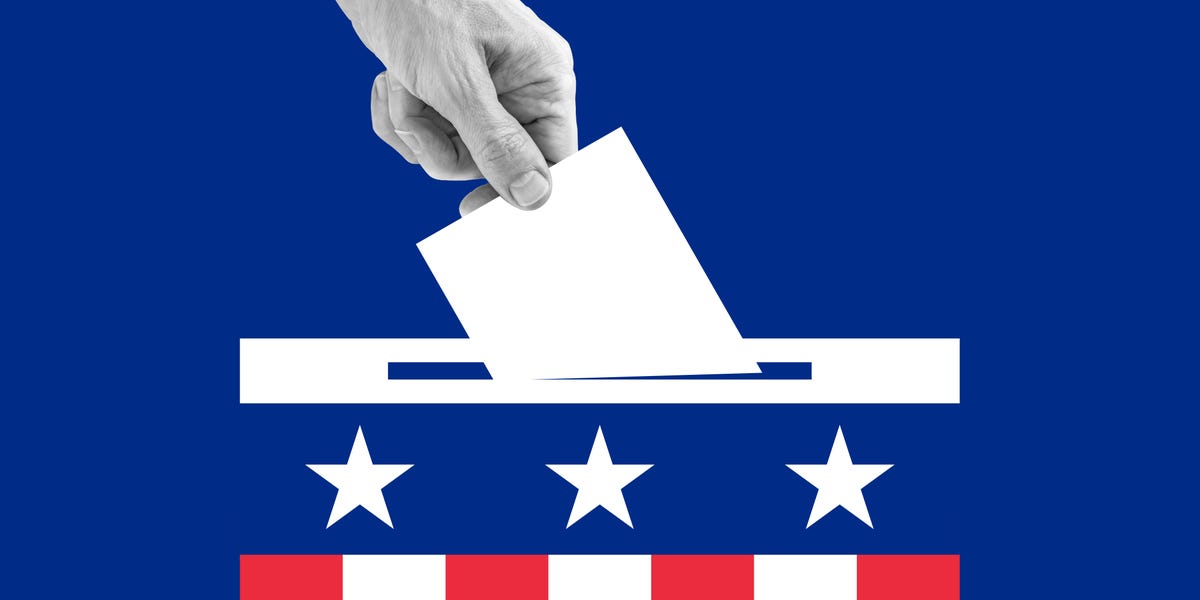- Over half of US owners and renters said housing prices will inform their vote for president, Redfin said.
- Soaring mortgage rates and prices have made it hard for Americans to buy property.
- President Biden recently unveiled proposals to boost housing affordability in the US.
Thanks for signing up!
Access your favorite topics in a personalized feed while you’re on the go.
download the app

Americans’ difficulties in navigating the housing market could be a big factor in how they vote this year.
In a February 2024 survey of US 3,000 homeowners and renters commissioned by Redfin, over half, 53.2%, cite housing affordability as a decisive factor shaping their voting decisions in November’s coming presidential contest.
“Housing affordability is top of mind for voters because elevated mortgage rates and home prices, along with an acute housing shortage, have pushed the dream of homeownership out of reach for many Americans,” Redfin Chief Economist Daryl Fairweather said in a note on Monday.
“While the economy is strong on paper, a lot of families aren’t feeling the benefits because they’re struggling to afford the house they want or already live in. As a result, many feel stuck, unable to make their desired moves and life upgrades,” she continued.
Over half of people say housing affordability impacts voting plans for next election
Redfin-commissioned survey conducted by Qualtrics in February 2024
Meanwhile, nearly two-thirds, or about 64.2% of owners and renters, say they’re feeling pessimistic about the economy due to poor housing affordability across much of the country.
President Biden recently proposed initiatives to boost housing affordability during his State of the Union address, including mortgage-relief tax credits down payment assistance for first-time buyers.
Yet, analysts note that the proposals don’t address the core of the affordability issue, which is that the supply of housing in the US is simply too low.
February saw mortgage rates inch back up, reversing course after a period of declines as markets adjusted expectations for rate cuts from the Federal Reserve.


